1. Toys “R” Us
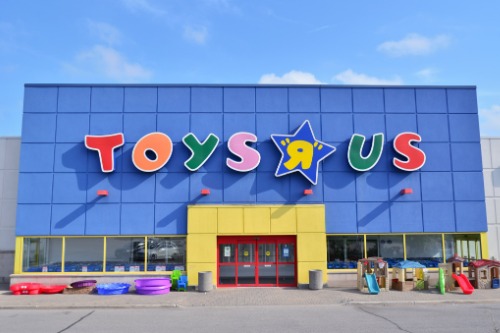
Toys “R” Us once had a monopoly on toy shopping, creating an entire childhood experience for generations. Unfortunately, poor financial management, competition from Amazon, and the decline of physical toy stores pushed it into bankruptcy. Despite a brief attempt to relaunch, it hasn’t regained its former glory. Without a major revival, Toys “R” Us could disappear entirely by 2030, leaving only nostalgic memories and old commercials behind.
2. Victoria’s Secret
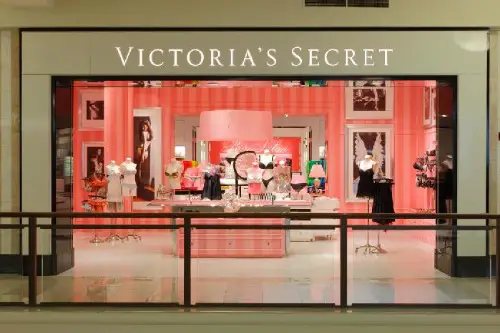
Victoria’s Secret has been the go-to for lingerie for decades, but the brand’s iconic status has taken a hit as body positivity and inclusivity have become mainstream. The company’s reluctance to adapt to a more diverse range of models and products has put it in the crosshairs of consumers who prefer brands that celebrate all body types. With a reputation tarnished by scandals and outdated marketing, it’s possible that Victoria’s Secret will fade into obscurity by 2030.
3. RadioShack

Oh, RadioShack. Once the king of all things tech, this store was the go-to for everything from phone chargers to obscure electronic components. But as big-box retailers and online giants like Amazon and Newegg gained ground, RadioShack couldn’t keep up. Its attempts to rebrand and appeal to a younger, more tech-savvy audience fell flat. By 2030, it’s hard to imagine RadioShack making any kind of comeback, or even existing as a nostalgic memory.
4. Sears
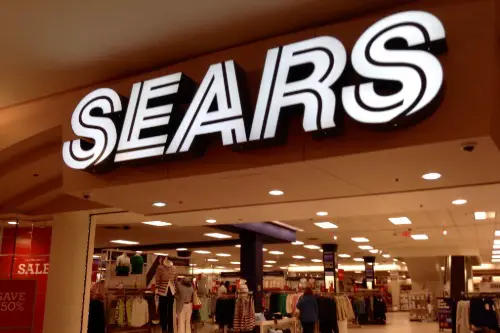
Sears was once the crown jewel of American retail, famous for its massive catalog and department stores that seemed to have everything. Fast-forward to today, and it’s nearly impossible to find a Sears store still open. Despite years of restructuring efforts and brand revitalizations, the company has been plagued by debt, mismanagement, and fierce competition. With its assets sold off and its reputation in tatters, it’s no wonder that many see it disappearing completely by 2030.
5. J.C. Penney
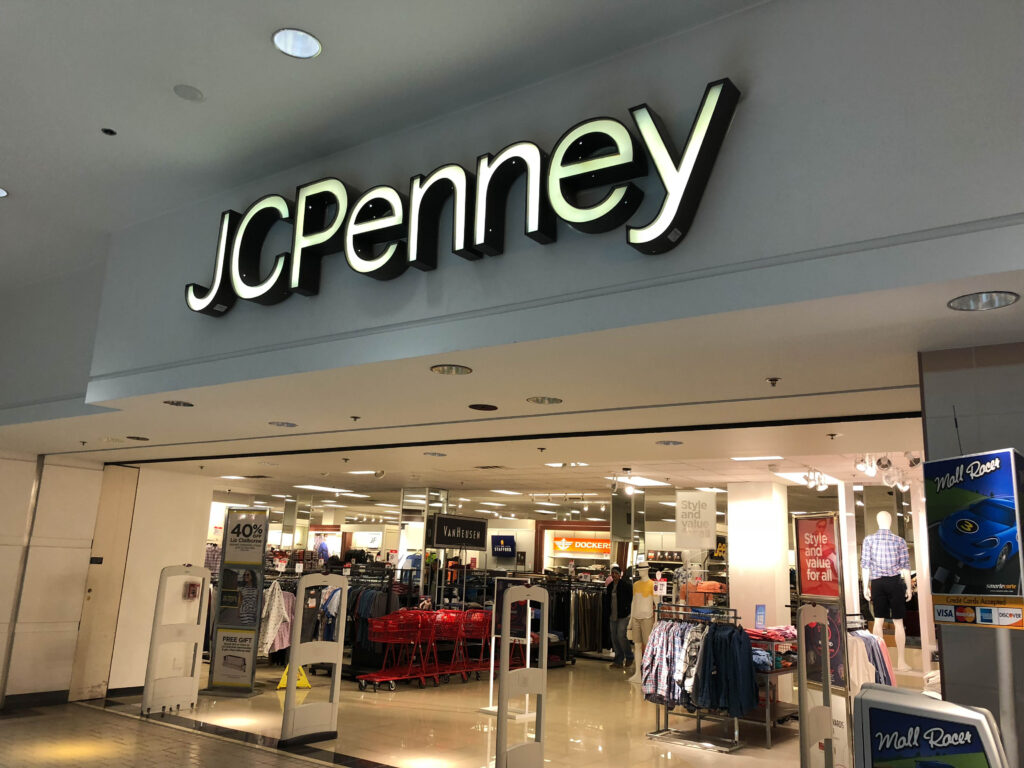
J.C. Penney’s recent history has been a long string of missteps, from a failed rebranding initiative to a bankruptcy filing. Once the reliable spot for affordable clothes and household goods, it’s been overshadowed by rivals like Target and Kohl’s, which have successfully modernized their offerings. Penney’s struggle to find a niche in an increasingly digital world might make it yet another casualty of retail evolution by 2030.
6. Kmart
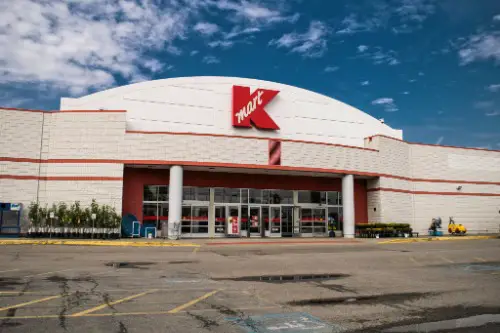
Kmart’s name evokes memories of discounted toys and colorful shopping aisles, but those days are long gone. The company has spent years trying to figure out how to compete with bigger players like Walmart and Amazon, without much success. Even its partnership with Sears couldn’t save it, and many of its remaining stores are in a state of decline. The time for a Kmart renaissance has come and gone, making its disappearance by 2030 seem inevitable.
7. Chuck E. Cheese
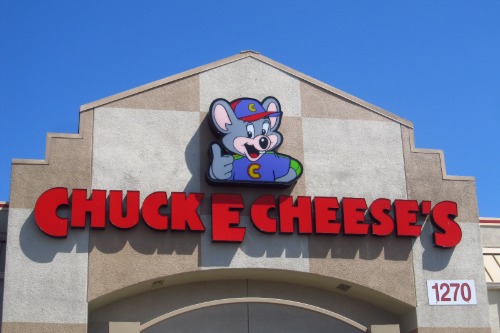
The era of birthday parties with animatronic bands and pizza slices is fading fast. Chuck E. Cheese has been hit hard by changing consumer preferences and a lack of investment in new attractions. Parents today are looking for experiences that offer more than just arcade games and mediocre pizza. With the rise of interactive entertainment and more engaging venues, Chuck E. Cheese is finding it harder to keep kids—and their parents—interested. By 2030, it could be little more than a quirky reference to the ’90s.
8. Bed Bath & Beyond
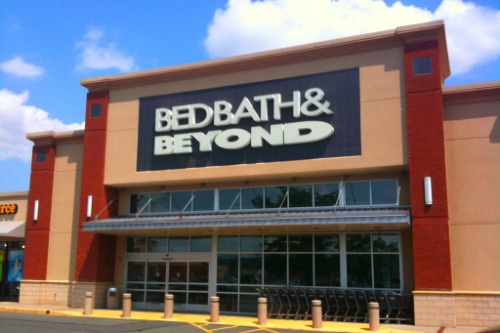
Bed Bath & Beyond has been struggling for years to keep up with changes in shopping habits and the e-commerce boom. Once a go-to for everything from cozy throw pillows to quirky kitchen gadgets, the chain couldn’t pivot quickly enough to compete with Amazon and other online retailers. Now, with dwindling sales and a series of failed turnaround strategies, it’s on life support. By 2030, it’s likely we’ll be reminiscing about those 20% off coupons as a relic of the past.
9. Gap
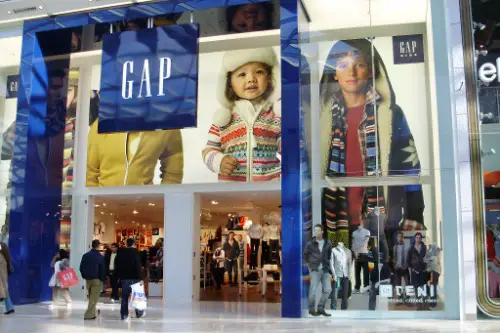
Gap has been facing an identity crisis for some time now. Known for its casual wear and staple pieces, it’s struggled to keep up with fast fashion giants like H&M and Zara, and even more sustainable brands that cater to a conscious consumer. With sales dipping and no clear direction on how to appeal to modern shoppers, Gap’s brand might not have a place in 2030’s retail landscape.
10. Abercrombie & Fitch
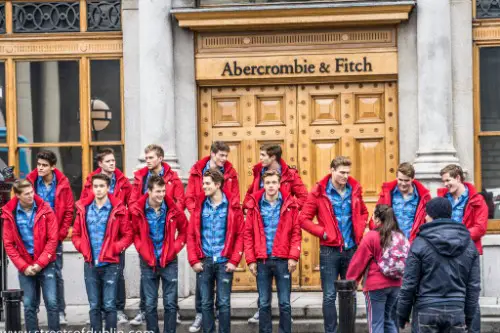
Abercrombie & Fitch was the epitome of cool for many teens and young adults in the 2000s. The brand leaned heavily into exclusivity and a particular aesthetic that many found appealing at the time. But with changing values and a growing movement toward body positivity, Abercrombie’s outdated and exclusionary image doesn’t resonate with younger generations. Without a significant overhaul, it’s tough to see how it survives in the long term.
11. Payless ShoeSource
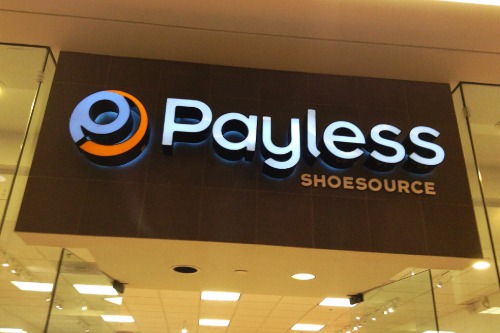
Payless once was a budget-friendly option for families looking for affordable footwear. However, its reputation for low-quality products combined with the rise of online shopping and more specialized shoe stores led to its decline. Although Payless briefly tried to make a comeback, consumer interest is low, and the chances of it thriving by 2030 are slim to none. The reality is, cheaper alternatives and better customer experiences elsewhere have outpaced what Payless has to offer.


